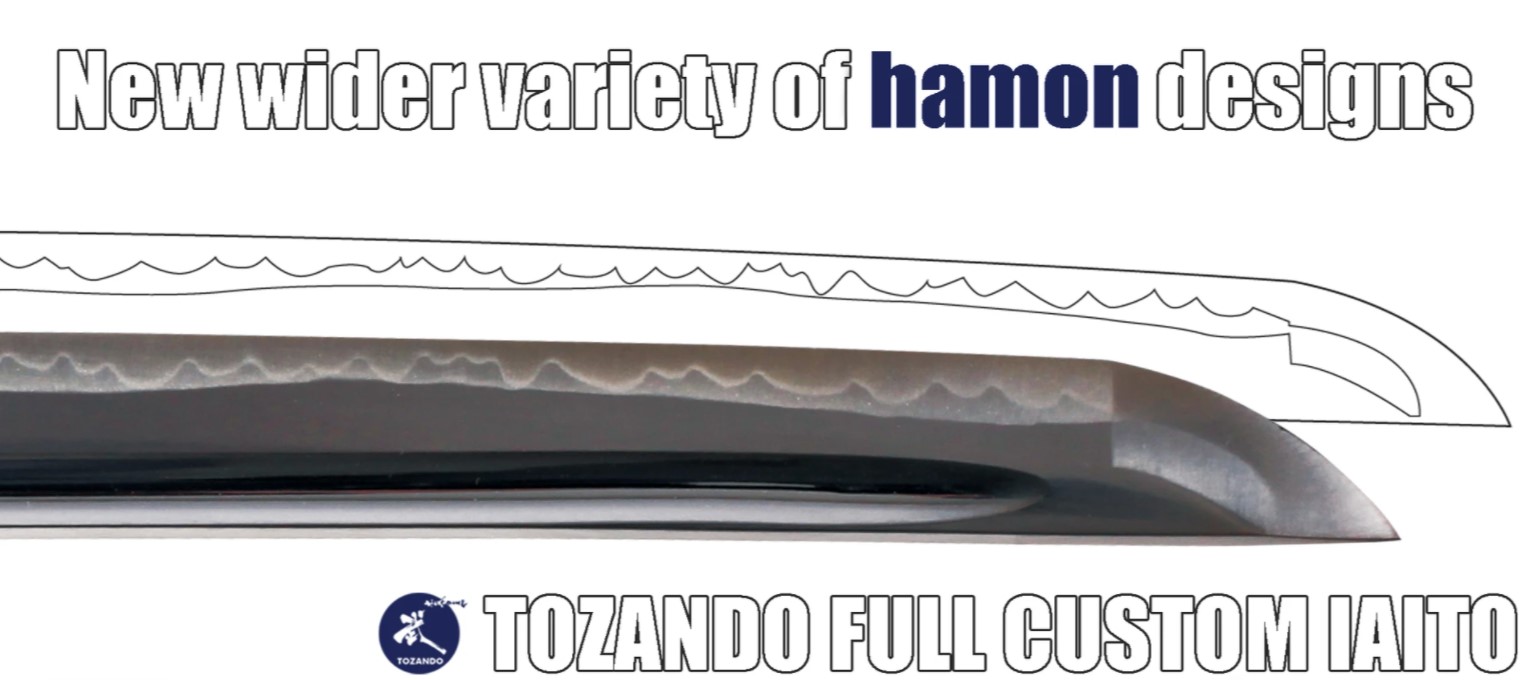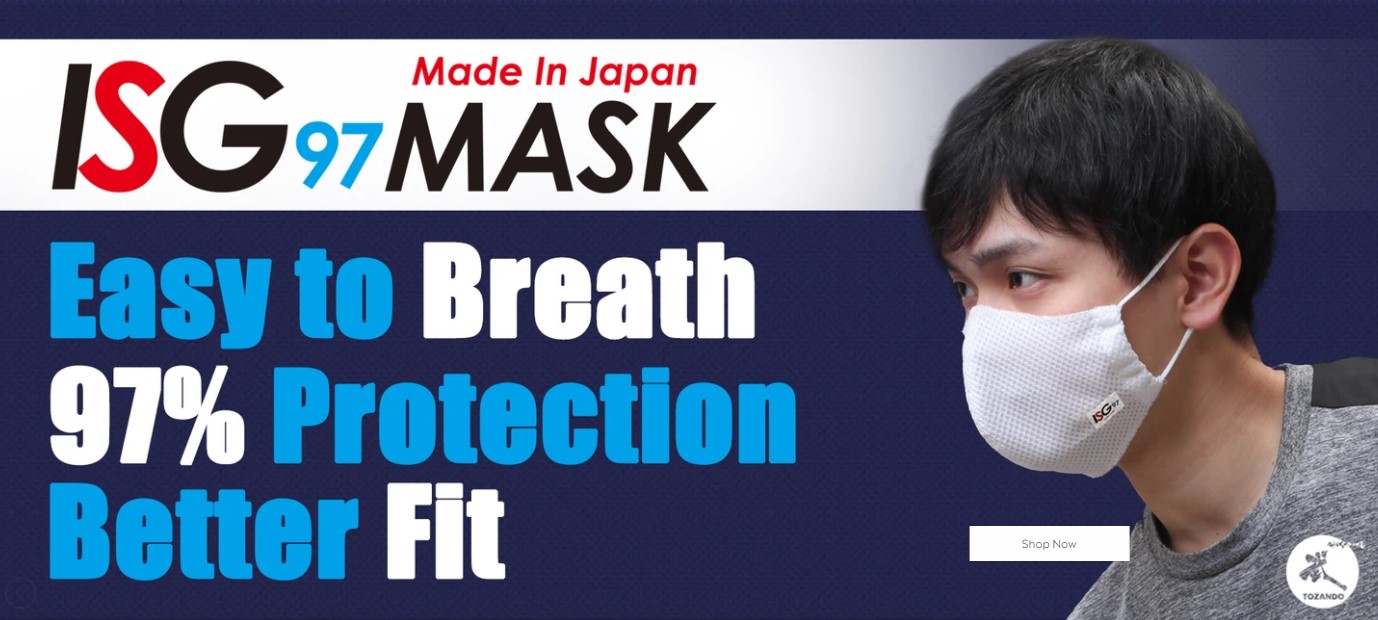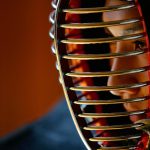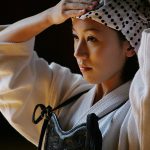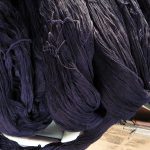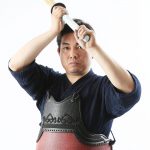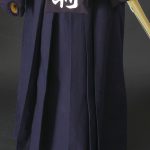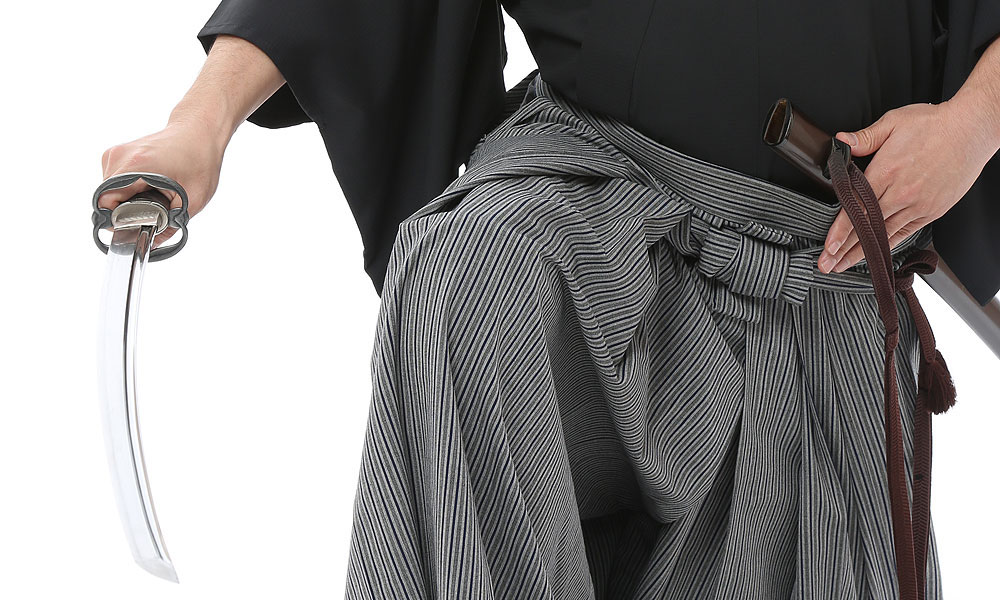
In Budo, appearance and the way you dress is a very important element, and it’s often said that your appearance is a mirror of your mind. If your appearance is disorderly, it shows that your mind is disturbed. Always remaining well dressed and tidy, this is also something that requires practice.
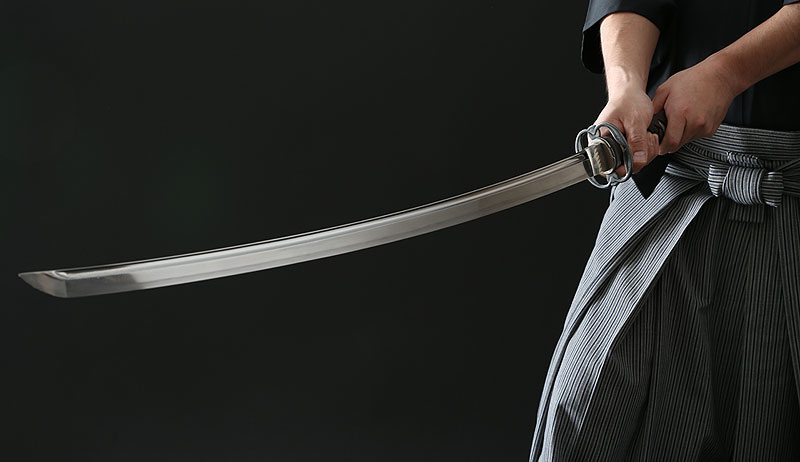
It’s said that just the thought that it’s alright even if your appearance get a bit disorderly, poisons your mind and affect your technique, and when you think that it’s alright to be a bit sloppy with your appearance, you might unconsciously be sloppy when you swing your sword also.
In the end, this results in doing Keiko where you don’t give it your all and are not thoroughly immersed in your training. When aiming for the highest level of sword handling without creating any openings, you have to start with aiming to keep your appearance and mind free from openings first.
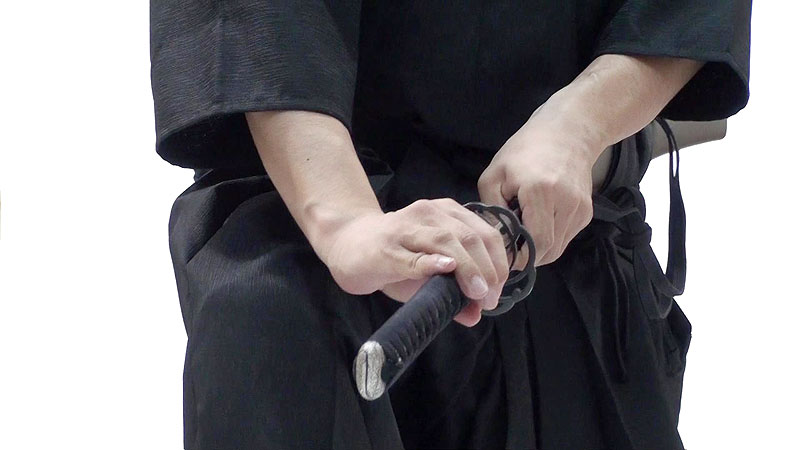
In Iaido we wear Gi and Hakama, so I would like to take this opportunity to provide you with some of my personal opinions and advice regarding dressing here.
The Juban is a piece of underwear that we wear under the Gi when we wear Japanese clothing. While it’s not necessary to wear a Juban when doing regular Keiko, the formal dressing code in Iaido requires that it’s worn beneath your Gi. It’s most ideal if a little of the collar of the Juban can be seen under the left and right parts of collar your Gi when you wear it. It’s important not to show too much and that an equal amount should be shown on both the left and the right side for it to look nice. If you wear a Juban during regular Keiko, you will eventually get used to how to wear it properly.
The Obi is tied around your hips above your Gi and is required when you practice Iaido. Do not tie it too tightly, or too loosely, tying the Obi adequately is important. Depending on your body type, the material the Obi is made of, the length of the Obi, when you last had a meal and so on, the way you need to tie your Obi might vary, however, to be able to properly adjust the tightness of the Obi is also something that comes with training. If you tie the Obi too tight, the moment you put your Iaito into it, it will become even tighter and in addition to being uncomfortable, it will also make it harder to draw your sword. If on the other hand you tie the Obi too loose, your Gi and Hakama will easily become disheveled and your Iaito, being unable to keep its position in the Obi on your hip, might cause the Kojiri to hit the floor when you move around.
In formal Enbu performances, you usually wear Gi with kimono sleeves and Kamon in the five traditional positions on the Gi together with a striped Hakama. These are worn by everyone over 5-dan or when you referee in all formal Enbu performances in the Iaido that is managed under the All Kendo Federation in Japan. As for the Kamon, since they are visible in the five traditional positions (left and right chest, both sleeves and back of the neck), you also need to put attention to if the Kamon on your left and right chest is in the same height, or if the Kamon on your back is properly centered. I recommend that you can either ask someone to look and adjust it for you, or you can look in a mirror to adjust it by yourself.
In Japanese Budo the most important thing is not simply just about inheriting technical skills, but rather to discipline yourself as a human being, and inherit the manners, etiquette, morals and spirit of Budo. I believe that someone who can dress properly and keep their appearance nice and tidy, will eventually grow to become a respected as a man of character and a revered Iaidoka.
by Hideki Matsuno, Iaido Renshi 6-dan(Tozando)


